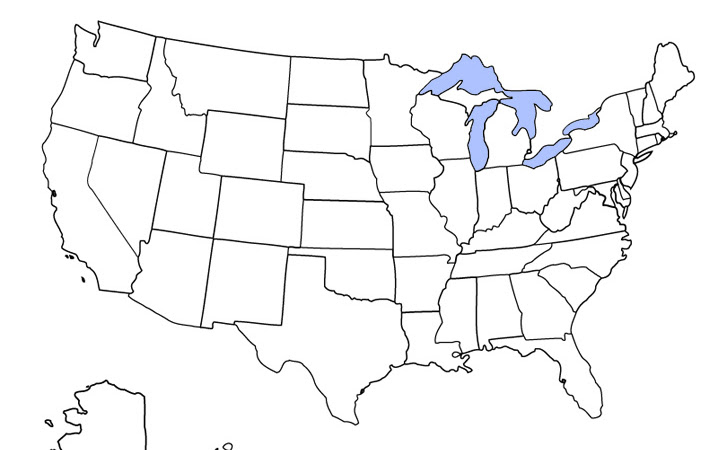The climate of Europe has considerable variation but is mostly temperate. Most of western Europe has a humid oceanic climate; most of Eastern Europe has a humid continental climate. Some areas around the Black Sea and Caspian Sea are semiarid, and much of southern Europe is subtropical with hot dry summers and cool wet winters. Much of Scandinavia, Iceland, and northern Russia is subarctic or arctic tundra.
To illustrate the variation in climate, the city of Seville, Spain has average high temperatures of 36 degrees in July, and 15 degrees in January. To contrast, the city of Helsinki, Finland has an average high temperature of 22 degrees in July and -3 degrees in January. These temperatures are centigrade, not farenheight of course.
Here you can find a map of climate zones in Europe to help you understand this variation.
To illustrate the variation in climate, the city of Seville, Spain has average high temperatures of 36 degrees in July, and 15 degrees in January. To contrast, the city of Helsinki, Finland has an average high temperature of 22 degrees in July and -3 degrees in January. These temperatures are centigrade, not farenheight of course.
Here you can find a map of climate zones in Europe to help you understand this variation.
This map shows the average annual rainfall in various parts of Europe.
I hope you found a map of climate zones in Europe that was useful and informative!
LIKE, SHARE, or TWEET this page if you found it useful! :) Thanks!









.png)
0 Comments